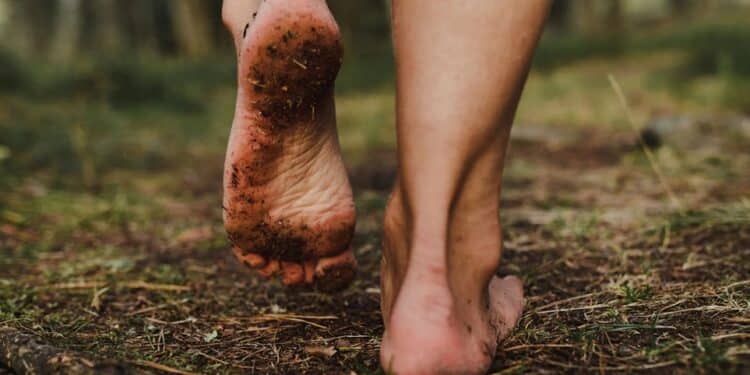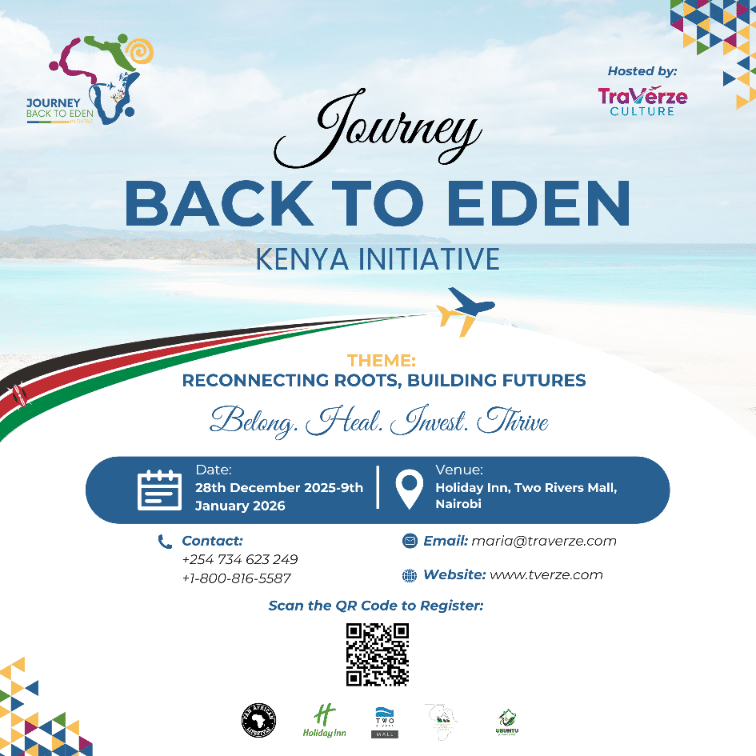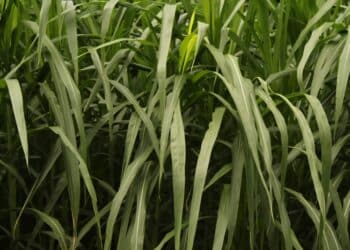Walking barefoot, often referred to as earthing or grounding, is a practice that has been integral to human history and culture. Many ancient civilisations, including those in Africa, Asia, and the Americas, maintained close contact with the earth, allowing individuals to walk barefoot as a natural part of daily life. For millennia, this connection to the ground was believed to foster a deep sense of physical and spiritual well-being, forming a fundamental aspect of various cultural practices and traditional healing rituals.
In numerous indigenous cultures, barefoot walking was not merely a default state but a deliberate choice to cultivate health and connection with the land. For instance, in many Native American traditions, walking barefoot is a means of grounding oneself, promoting a deeper connection with the earth’s energy. Similarly, several Eastern philosophies and practices, such as certain forms of yoga and martial arts, emphasise the importance of grounding through direct contact with nature.
In recent decades, barefoot walking has experienced a resurgence in interest, particularly within alternative health and wellness. Modern proponents of this practice often cite emerging scientific studies suggesting potential benefits to physical and mental health. Advocates argue that walking barefoot allows for improved proprioception—the body’s ability to sense its position and movement—thereby enhancing balance and coordination. Additionally, grounding is proposed to reduce inflammation, improve sleep, and increase overall energy levels by promoting electron transfer from the earth to the body.
This revival of barefoot walking as a lifestyle choice aligns with a broader trend towards natural and holistic approaches to health. By revisiting ancient practices with contemporary scientific investigation, societies today are beginning to appreciate the intricate connections between our well-being and our interaction with the natural world. The growing body of research on grounding highlights the timeless wisdom embedded in cultural traditions while opening new avenues for understanding the symbiotic relationship between humans and their environment.
Physical Health Benefits
Walking barefoot, also known as “earthing” or “grounding,” offers many physical health benefits beyond mere comfort. One significant advantage is the improvement of balance and posture. When individuals walk without shoes, they naturally engage the smaller muscles in the feet and ankles, leading to more muscular foot and leg muscles. This engagement helps maintain a better natural alignment of the body, which can ultimately contribute to reduced back and joint pain.
In addition to muscular benefits, going barefoot can enhance the skin’s health on the feet. The constant contact with different surfaces can help exfoliate dead skin, promoting smoother and healthier skin. Moreover, walking barefoot can increase sensory stimulation and enhance proprioception—the body’s ability to sense its positions and movements. Enhanced proprioception can improve coordination and balance, which is particularly beneficial for elderly individuals at risk of falling.
Several studies support these claims and highlight the advantages of walking barefoot. Research published in Footwear Science found that barefoot walking significantly improves balance compared to walking in shoes. Additionally, a Physical Therapy in Sport study indicates that barefoot activities can prevent and treat injuries caused by imbalances and improper gait patterns often associated with regular footwear.
Incorporating barefoot walking into daily routines can have profound implications for physical health. The benefits are clear and supported by scientific research, from strengthening the muscles to improving natural alignment and skin health. Embracing this simple practice may yield surprising improvements in overall physical well-being.
Mental and Emotional Well-Being
Walking barefoot, often called “earthing” or “grounding,” brings many mental and emotional benefits that significantly enhance overall well-being. One of the foremost advantages is the reduction of stress and anxiety. Walking barefoot on natural surfaces like grass, sand, or soil fosters a direct connection with the earth, leading to a sense of calm and tranquillity. This phenomenon can be attributed to the modulation of the autonomic nervous system and reducing cortisol levels.
Engaging in barefoot walking also contributes to an enhanced mood. Physical touch with the ground stimulates neural pathways that release endorphins, the body’s natural mood elevators. Anecdotal evidence from practitioners highlights the joy and uplifted spirits they experience when regularly practising walking without shoes. Such connection to the earth encourages a more grounded, relaxed, and positive mindset.
Improved mental clarity is another notable benefit of this practice. Walking on varied terrains can activate different regions of the brain by stimulating pressure points on the feet, fostering better cognitive function. Many individuals report increased focus, creative thinking, and a clearer mental outlook following barefoot activities.
Walking barefoot also intertwines closely with mindfulness. By feeling the earth directly underfoot, individuals are naturally compelled to pay greater attention to their surroundings, enhancing the senses and encouraging a deeper state of presence. This present-mindedness allows for a more profound connection with the environment, rendering every step a mindful, deliberate action. Focusing on each step and the sensations it brings helps cultivate a more mindful approach to daily life.
Personal experiences reinforce these benefits. Practitioners often share stories of improved mental clarity and emotional stability. For instance, after incorporating barefoot walks into their routine, many people describe a noticeable decrease in anxiety, stating that walking without shoes has become a powerful tool for emotional regulation and mental rejuvenation.
Practical Tips and Considerations
It is crucial to move forward with a thoughtful strategy for those interested in the advantages of barefoot walking and eager to incorporate it into their routine. Start by gradually acclimating your feet to natural surfaces. Begin with short walks on softer terrains, such as grass or sandy beaches, which provide a more forgiving foundation. As your feet adapt, you can incrementally increase the duration and vary the surfaces to include soil or smooth rocks, enhancing the overall experience.
To mitigate common concerns associated with barefoot walking, such as potential injuries or discomfort, it is crucial to remain vigilant and aware of your surroundings. Inspect the walking path for sharp objects, uneven surfaces, or debris that could cause harm. Over time, as your feet’ strength and resilience improve, your tolerance for different surfaces will also increase, enabling safer and more enjoyable walks.
Addressing discomfort can also be achieved through complementary practices. Incorporating foot care exercises, such as stretching and strengthening routines, can significantly enhance foot health and overall stability. These exercises may include toe stretches, foot flexes, and arch lifts, all promoting resilience and flexibility. Additionally, maintaining proper hygiene is crucial. Ensure your feet are clean to prevent infections, and consider moisturising regularly to keep your skin in optimal condition.
Footwear can be used strategically during the transition to barefoot walking. Minimalist shoes or sandals offer protection while allowing the feet to experience some of the benefits of barefoot walking. They can be used in environments where going entirely barefoot is not advisable.
Following these practical tips and paying close attention to your body’s cues, you can safely and gradually embrace walking barefoot. Not only can this enhance your sense of connection to the natural world, but it also fosters numerous health benefits that contribute to overall well-being.












